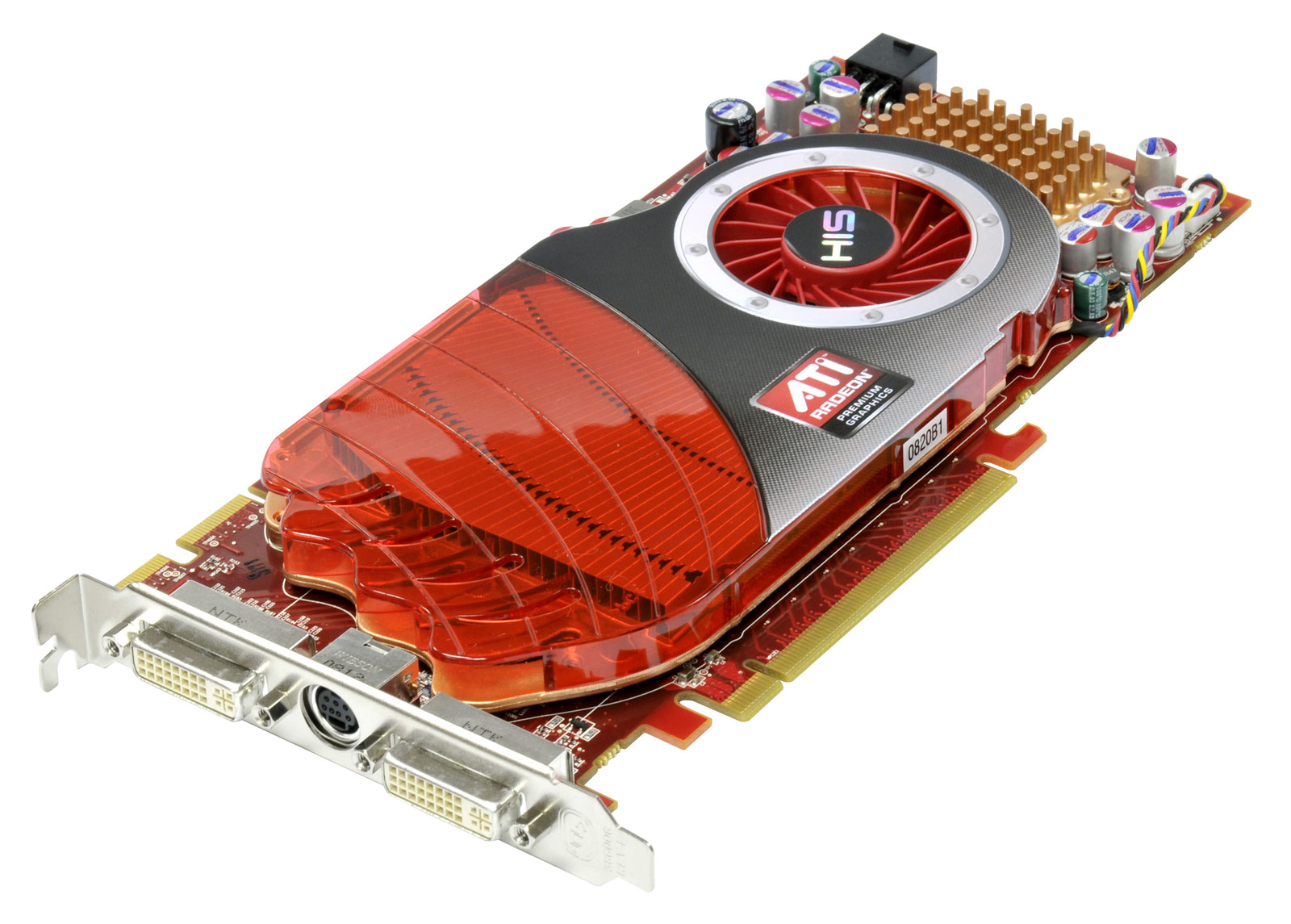Mau1wurf1977 wrote:
Easiest is to just check the power plugs. First ones had none, then floppy power, then the molex power, then PCIe 6 pin, then two, then 8pin, 8+6 and 8+8...
I like to go after the "die shrink / refresh cards". Like the 7900GT. These are more mature products, consume less power and simpler design.
Indeed. To both points. Keep in mind that some "premium" boards will over-spec on their power components, and plugs, despite not drawing any extra power. I can think of many examples where the refresh cards are consistently better - the best example is probably the Radeon HD 3870 and HD 2900XT.
To the power consumption - while it has gotten pretty high in recent years, they've generally pleauteau'd around 200-250W on the top end, while performance still increases. For example the Quadro K6000 (which is an absolute monster) has a TDP spec of around 225W, which is not much higher than the 8800 Ultra, despite the K6000 being some four times over the 8800U in terms of processing power (and more like 12x in memory). As far as "mid range" cards go, you have to be careful with those anymore, because its becoming more common for last generation's "high end" to turn into this generation's "mid range" - for example the nVidia 9800GTX becoming the GTS 250, or the GTX 680 becoming the GTX 770. Power consumption isn't dropped very significantly from the very top end board to the "mid range" part as a result.
To use those two nVidia examples:
The 9800GTX has a TDP of around 140W, and a fill-rate of around 10 GP/s.
The GTS 250 is relatively similar (150W TDP and 11 GP/s).
By contrast the top card from the 200 series, the GTX 285 (which is itself a refresh part) doubles that fillrate, while only increasing TDP to 204W. The power:performance ratio is a lot better for the 285.
The GTX 680 has a 190W TDP, and around 30 GP/s fillrate.
The GTX 770 is relatively similar (33GP/s, but TDP is up to 235W).
While GTX 780 Ti offers over 40 GP/s at 250W.
In both cases, the top card offers considerable performance increases (at least on paper), with minimal additional power consumption requirements. Of course the top cards also cost more, but in terms of "power efficiency" they do come out ahead given their processing power.
With older cards it tends to be more straight forward, mid-range cards usually aren't repackaged "high end" chips from the last era. Like the GeForce FX 5600 isn't a re-packaged Ti 4600. So they can usually reap power/efficiency benefits from being newer architectures, better manufacturing tech, etc. I think GeForce 7 was probably the last generation where power efficiency was genuinely worried about by manufacturers; from ATi it probably would've been Radeon X series (like the X800). Once "they" got people around the idea of dual-slot leaf blowers as "normal coolers" and PCIe came along, it seems that power consumption went right out the window as a concern, and 200W became pretty normal (along with 60-80* C idle temps and load temps that can sometimes be high enough to boil water).
On the note of the 4870X2 specifically: mine lasted for around 5 years, burning away at 70* C or better. Last fall it started crashing/rebooting the system when tasked with a demanding DX9/DX10 game (like Skyrim) - I'm not sure what the problem actually was, I removed it and replaced it with the 4890 and everything works (didn't even have to swap drivers - 😁), so I just put it up on the shelf and left it alone. 😊

